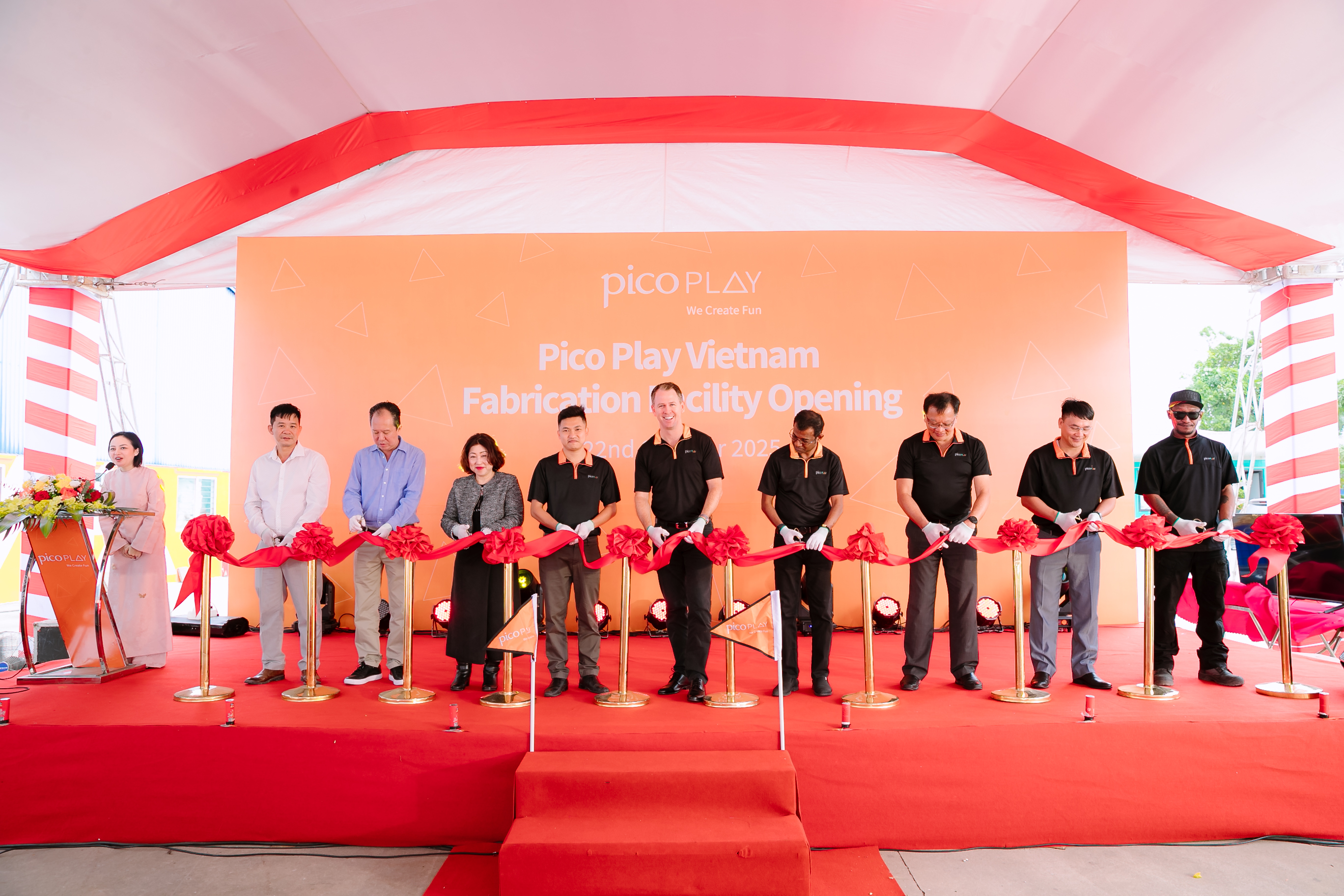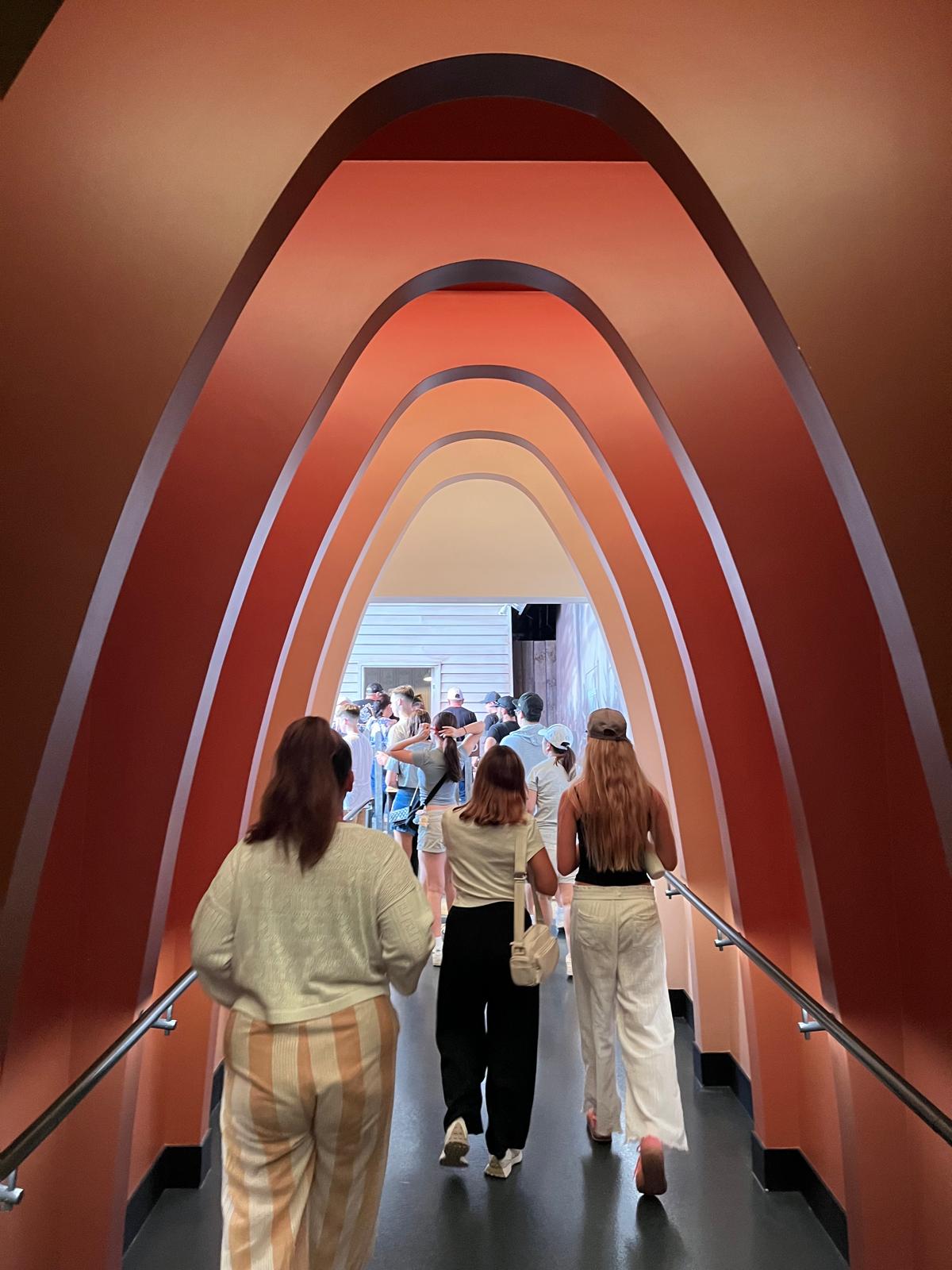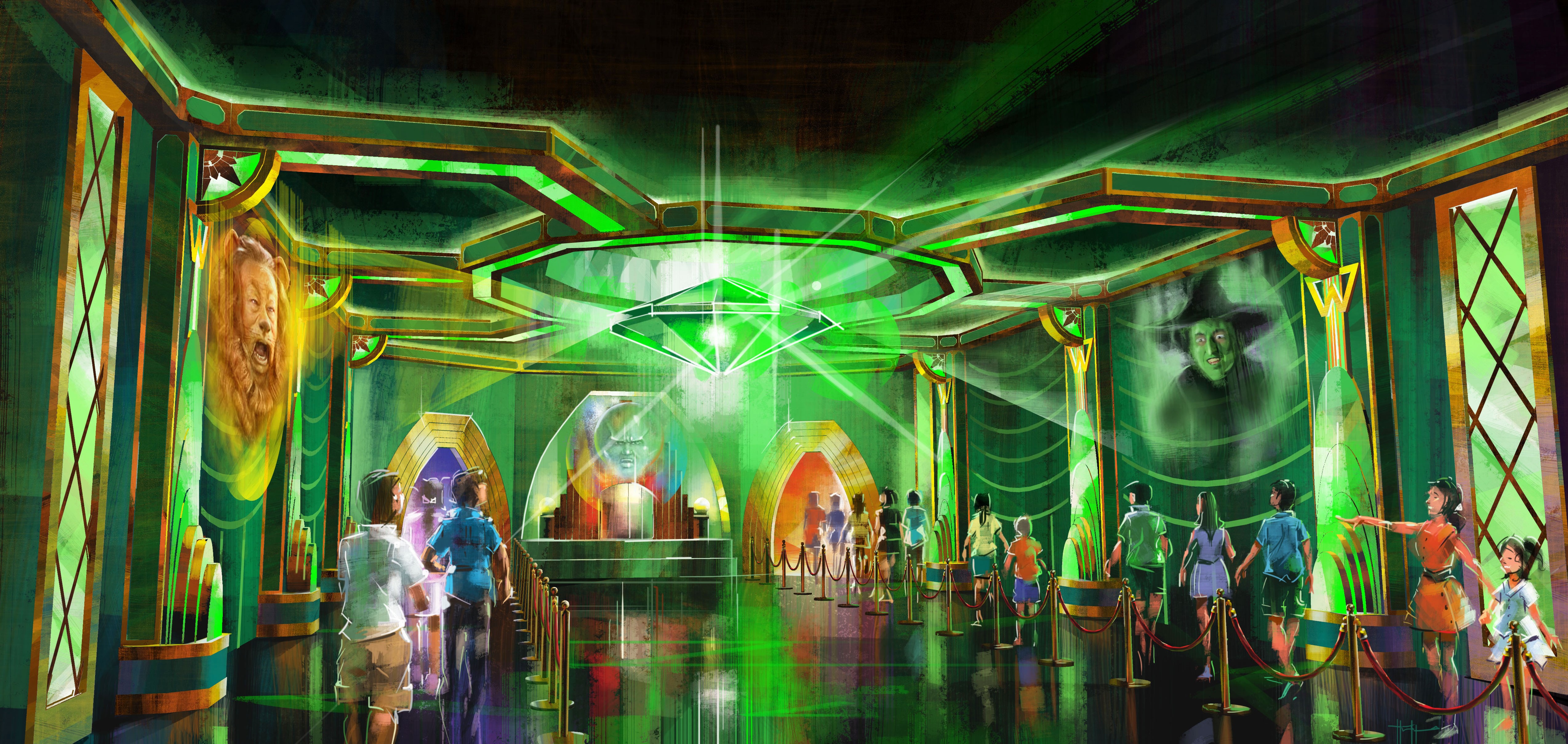The science of success: Pico Play reveals formula for wildlife parks and attractions
There’s no exact science to developing and operating a popular and profitable wildlife attraction. What draws avid interest and bumper attendance in one market, may struggle to gain a foothold in another. But Pico Play – a global leader in zoos, nature parks, aquariums and marine parks – has developed the closest thing to a formula for success.
First, develop an exhibit or attraction concept that’s never been done before. Balance animal welfare and behaviour management with cutting-edge design sustainability. Work with myriad experts to create the most authentic experience for animals, visitors and the environment.
Create a guest experience that is safe and exhilarating; that educates and entertains. Finally, bring it all in under budget. Err… simple?
It may seem more fraught than feeding time in a ravenous reptile sanctuary but Pico Play’s methodical and tailored approach to each wildlife attraction delivers results. While the formula doesn’t change, the key to its success is applying it anew to each individual project.
Joining Forces
The strongest foundations are formed when design and wildlife teams work in collaboration from the start. Pico Play’s Wildlife Sciences Expert and former Queensland Zoo and Aquarium Association president Al Mucci said animal selection and collection planning was as instrumental in shaping an attraction as budget and design. “You don’t just come in and design a monkey exhibit if you’re never going to get monkeys. You need to be able to navigate strict government guidelines and processes relating to animal acquisition,” Mr Mucci said.
Pico Play’s Senior Designer Christian Thurtell said drawing on the knowledge of animal experts and local specialists was vital to developing a functional attraction. “Animal handlers, trainers and curatorial staff are very in tune with the animals in their care and they know what is best for them from an environmental and enrichment point of view, but they don’t know how to take the next steps.
They are an incredible source of knowledge about what materials you can and can’t use in exhibits, what and how animals eat, the stimulation they need and even how to clean out their enclosures. We take that information and translate it into the built form,” Mr Thurtell said.
Behavior Influences Design
Mr Thurtell said breeding cycles, swim patterns and feeding needs were some of the behavioural considerations dictating design. “Sharks and penguins, for example, have very specific swim patterns so you need to design their pools accordingly.
Shark pools should allow the creatures to swim in a figure-eight pattern, if they swim in circles, they can get disorientated. Penguins, meanwhile, need a current they can swim against to exhibit natural ‘porpoise’ swim patterns, underwater caves to explore, quiet areas and access to natural materials to build their nests,” he said. “Likewise, substrates should replicate an animal’s natural environment and adapt to their natural behaviour: from sandy pools for dolphins to muddy grounds for a hippopotamus; strong inert plastic structures for seals to slip-resistant surfaces for penguin pool edges.”
Creative Presentations
Thinking outside the box and presenting animals in new and innovative ways is a sure-fire way to attract visitors. Mr Mucci said the best creative ideas were often sparked by observing animals in their natural habitat.
“Koalas live in trees so why not design aerial exhibits that place you up in the trees with them? Conversely, wombats live underground so build an exhibit that takes you underground too. This sort of imaginative thinking gives visitors a fresh perspective and a unique animal experience,” he said.
Integrating Culture and Conservation
Consideration should also be given to presenting animals in a culturally appropriate manner. Mr Mucci said measures such as Reconciliation Action Plans and First Nations engagement were vital, especially when presenting native Australian wildlife. “It is so important to engage with local First Nations people and involve them in the decision-making process. Not only does this provide them with employment and opportunities, but it also provides organisations with valuable cultural knowledge they can then integrate into design concepts.”
Pico Play’s Creative Director, Mark Eady, said animal presentations and exhibits had a duty to spotlight animal conservation. “There’s a clear distinction between presentations that are servicing the needs of animals and those that lack integrity in a modern socially conscious society. We have a responsibility to educate and inform people on threats to the sustainability of our wildlife,” Mr Eady said.
Make it Entertaining
Pico Play draws on its expertise and experience balancing animal, design, commercial and guest needs to create fun, enjoyable and meaningful experiences. “At the end of the day, we need to deliver a premium experience where guests are not passive spectators and where animals are not just on display.
We need to design and present an environment where animals fully embrace their natural behaviours. We want guests to see happy and healthy animals and come away thinking ‘If I was a dolphin, I’d want to live there; if I was a polar bear, that’d be the place to be’,” Mr Thurtell said.
Pico Play is a global leader in leisure and entertainment solutions delivering outstanding guest experiences across theme parks, water parks, surf parks, family entertainment centres, zoos and nature parks, aquariums and marine parks and public brand activations.


.png)



.jpg)


